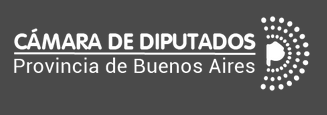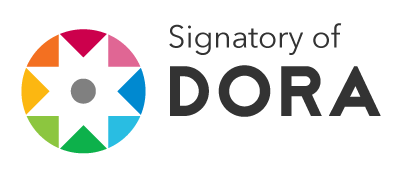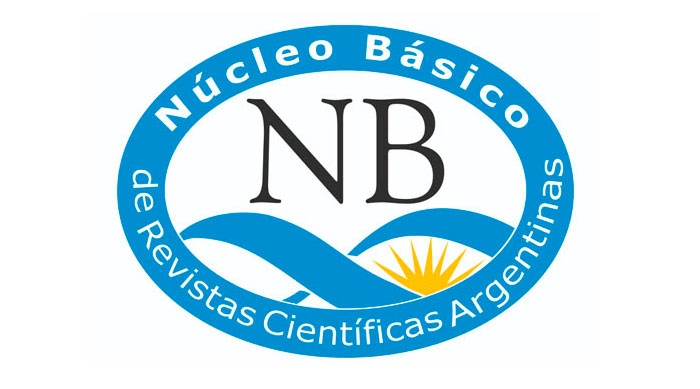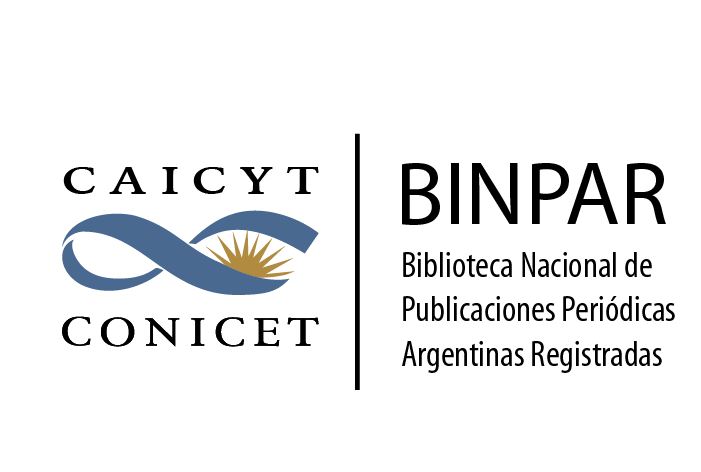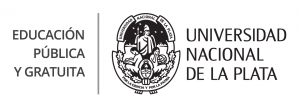The local innovation system in Formosa
DOI:
https://doi.org/10.24215/26183188e126Keywords:
Formosa, STI policies, territorial development, federalization, science and technologyAbstract
This article analyzes the configuration of the local innovation system in Formosa. On the one hand, a brief historical description of the development of the province and its scientific and technological capabilities is presented. The article shows how, since 2011, with the creation of the Secretary of State for Science and Technology of the province, the integration of the sector's policies into the provincial strategic plans Formosa 2015 and Formosa 2020-2025 has taken place. These plans have been key to establish basic infrastructure, train human resources, and position science and technology as complementary engines of territorial development. The importance of developing local alternatives that challenge the hegemony of linear approaches to address the disconnection between knowledge production and its social use and the need to federalize science and technology policies to achieve equitable development of the regions is highlighted.
Downloads
Metrics
References
Beck, H. H. (2010). La Constitución de la Provincia de Formosa 1957-2003. El Derecho, 723-733.
Caballero, A. N. y Daldovo, M. I. (2009). Formosa, los historiadores y la provincialización. En XII Jornadas Interescuelas/Departamentos de Historia, Departamento de Historia, Facultad de Humanidades y Centro Regional Universitario Bariloche, Universidad Nacional del Comahue.
Comisión Nacional de Evaluación y Acreditación Universitaria. (2024). Universidad Nacional de Formosa: Informe Preliminar de Evaluación Externa de la Comisión Nacional de Evaluación y Acreditación Universitaria.
Conte, R. O. (2012). Cuadernos para el fortalecimiento del desarrollo de contenidos en Historia, Geografía, Formación ética y Ciudadana de la provincia de Formosa. Gobierno de la Provincia de Formosa.
Fontana, J. L. (1881). El Gran Chaco. Universidad de Michigan.
Gobierno de Formosa. (2005). Cedeva || ¿Qué es el CEDEVA?
Gobierno de Formosa. (2011). Secretaría de Ciencia y Tecnología || Institucional.
Hurtado, D. (2024). La ciencia y la tecnología en Argentina en los 40 años de democracia. Ciencia, Tecnología y Política, 7(12), 110. https://doi.org/10.24215/26183188e110
Ley N° 5.559/1908 (26 de agosto de 1908). Territorios nacionales. Argentina.gob.ar. https://www.argentina.gob.ar/normativa/nacional/ley-5559-286960
Ley N° 14.408/1955 (30 de junio de 1955). Provincialización de territorios nacionales. Argentina.gob.ar. https://www.argentina.gob.ar/normativa/nacional/ley-14408-197786
Ley Nº 26.331 (2 de noviembre de 1988). Creación de la Universidad Nacional de Formosa. https://www.argentina.gob.ar/normativa/nacional/ley-23631-33/texto
Mesa Federal por la Ciencia y la Tecnología. (2024). Ante la profundización del cientificidio, más unidad y acción. Ciencia, Tecnología y Política. https://revistas.unlp.edu.ar/CTyP/announcement/view/304
Prieto, A. H. (2015). Para comprender a Formosa: una aproximación a la Historia Provincial. Editorial Dunken.
Red PLACTS. (2023). Ciencia y Tecnología para un Proyecto Nacional. Ciencia, Tecnología y Política, 6(11), 100. https://doi.org/10.24215/26183188e100
Varsavsky, O. (1969). Ciencia, política y cientificismo. Centro Editor de América Latina.
Yoguel, G., Erbes, J. A. y Erbes, A. (2009). Argentina: cómo estudiar y actuar sobre los sistemas locales de innovación. Revista CEPAL, (99), 65-82.
Downloads
Published
How to Cite
Issue
Section
License
Copyright (c) 2024 Lucas Sebastián Tellas

This work is licensed under a Creative Commons Attribution-NonCommercial-ShareAlike 4.0 International License.
The authors whose texts are published in this Journal surrender their ownership rights in favour of the editor in a non exclusive manner, i.e. the authors can enter into other independent and additional contracts to publish their text, e.g. including it in an institutional repository, thematic or otherwise, publish it in a book, or others, as long as it is overtly stated that the work was first published in this Journal.
The responsibility for each published paper as regards its content relies exclusively on its authors, holding the editors harmless for any legal liabilities.
The texts of the Journal shall be published under the Creative Commons 4.0 BY-NC-SA license. Therefore, the editors are free to:
1) Share, copy and redistribute the material using any means or format.
2) Adapt, remix, transform and create from the material, under the following conditions:
a) Attribution — credit to this work must be given in an appropriate manner, providing a link to the license and indicating if changes have been made.
b) Non-Commercial Use — no use may be made of the published material for commercial purposes.
c) Share Equal — Authors remixing, transforming or creating from the material must distribute their contribution under the same license as the original.






